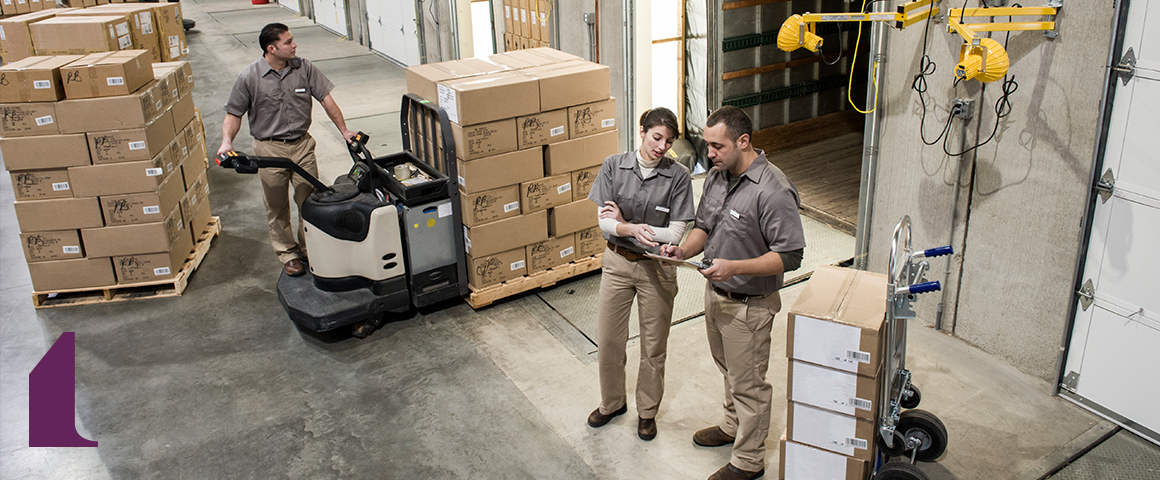5 Best Practices for Contract Migration
One of the most common concerns I hear from the clients I work with is how to get their existing contracts into the new CLM system. They are really excited about their shiny new toy, but there is a lot of legwork that needs to be done first. Just how big the job of contract migration will be depends on a number of factors, including how well the current contracts are managed prior to selecting a CLM solution. The good news is that even if your contracts are in complete disarray, there are a number of best practices that can guide you through the maze and bring you out on the other side with organization and your sanity. Here are my top 5 best practices for contract migration:
Be realistic
While this fact may be discouraging, the truth is that contract migration can be time-consuming. Too often I see people so eager to get started using their new CLM solution that they set unrealistic expectations for how long contract migration will take. Part of my job is to help them embrace the process and not fight it. Understanding up front that this can be a lengthy and tedious experience helps to manage their outlook. I like to remind clients that this process is like laying the foundation for a house. It may not seem terribly exciting, but it is worth putting in the time because it creates a solid basis for many things you do moving forward. Now is the time to evaluate what contracts you have, which ones you want to bring forward, and how clean the contract data is. This is also the time to establish appropriate resourcing for the project. You will need help, so be sure to ask for it!
Garbage in, garbage out
You’ve heard the saying “garbage in, garbage out”. This is so true with contracts! Now is your opportunity to make sure your contract data is cleaned up. This is so important because you want to consume that data for reporting and analysis, but if your data is unreliable, it provides no historic value. This is also the opportunity to determine which data you want to capture about a contract. The truth is you know your contracts best. Take time to consider the metadata fields that are most important for reference and reporting on your legacy contracts. Review that data to see how clean it is, and put in the effort to fix it so that moving forward you’re working with clean data.
Don’t be a pack rat
How far back you go importing historic contracts will entirely depend on your corporate record retention policy. However, this is a great opportunity to ask yourself what is worth bringing forward? Not everything is valuable enough to import into the new system. When migrating other document types, including attachments, consider how necessary the files are for reference in your CLM solution. Too many files can not only exceed your contract storage limit but also clutter the contract record and search capabilities for your end-users. Use common sense and consult with contract owners when in doubt.
Scan with care
Part of the process of importing your contracts will probably involve scanning hard copies of paper documents if they exist. Be sure that you are using a good quality scanner at low or medium resolution for optimum file size. This will help you achieve high quality results that don’t exceed file size limits. Keep in mind, your optical character recognition (OCR) results will depend on the quality of the original documents themselves. Poor scans, creases, and handwritten values may not be read properly by OCR, impacting the final product.
The importance of importing
In general, be aware of any contract import limits and compress larger files where necessary. When scanning files, remember that OCR increases file size, so large files should be compressed prior to import. Also, files should not have other files embedded within the same PDF as this will impact the quality of the import.
What challenges have you faced during contract migration and what tips have you learned in the process?






